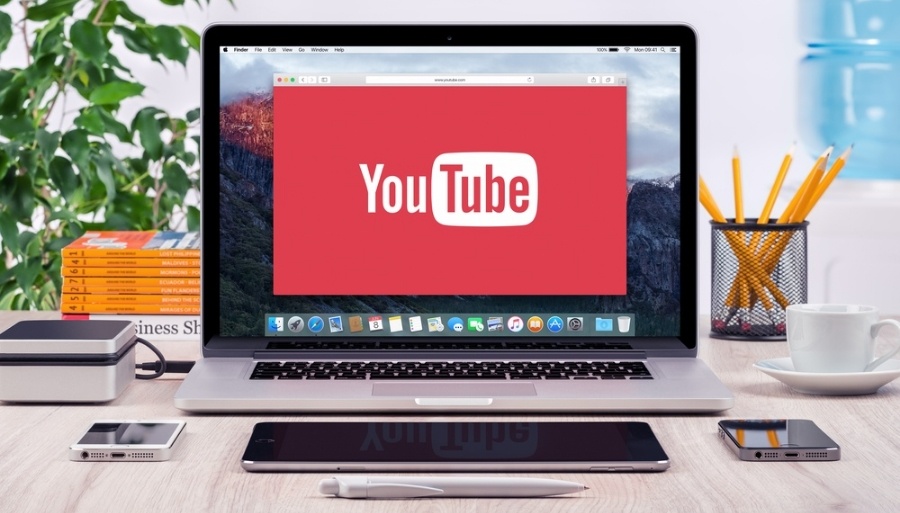By now everyone should be up to speed that the YouTuber is a pioneer in a new field of entertainment. YouTube along with Instagram and Vine have created a canvas and viewer base to rattle the notion of what it takes to become profitable and gain notoriety as an entertainment entity. How lucky were they to have this fall on their lap, right? What does it take to do what they do? I can tell you exactly that and I can because I run a successful YouTube Channel. I’ve been on YouTube since it’s inception and have grown a YouTube presence with my partner for the last seven years.
The most common misconception of growing an audience on YouTube is that it happens over night—that you create this amazing viral piece that hits on all cylinders and makes you into a star. The reality is that it rarely happens and when it does, many channels aren’t equipped with how to capitalize and sustain that success. Most channels got where they are today from grueling work and trial and error. To put it into perspective: We now have north of 220,000 subscribers. It took the channel our first five and half (out of seven) years to hit 30,000. Patience is the YouTuber’s most precious ally. It’s important to keep hold of that as it’s easy to get lost in the panic of trying to make every video a viral success (which should never be the main focus).
Managing a YouTube channel is running a business. Once you pass the threshold of 50,000 subscribers things have to change. You can either be the guy or gal who’s just putting videos up for fun or buckle down and become a machine.
With our channel, I began to schedule programming in efforts to build expectations with our viewership that we could manage. Sundays and Wednesdays become the day to watch our content and in doing this trust with our viewership increased. This way we would build a tradition of fans coming back the channel regularly. Doing this consistently has also ensured that we stick to a full set of content per week. Committing to this has put our feature output to two music videos a week instead of three a month.
The combination of building this trust with the viewers coupled with the influx of timely content has resulted in extreme growth. Regimenting the content output did wonders but now we had all this traffic—there are still numerous avenues to capture these fans. This is a major point many YouTuber’s overlook. Fortunately, with my background in Inbound Marketing I was able to look at the platform with a different set of eyes. I saw low hanging fruit opportunities everywhere.
Standardizing and simplifying end of video CTA’s was the first thing that needed to be done. Many channels simply direct viewers to a related video afterwards, which is fine, but what is the point when YouTube does that automatically already? Main objectives of ours are selling music and growing subscribers, so naturally we direct traffic to a subscribe process or send them to the iTunes page instead.
Email capture. Virtually no one on YouTube does this. Even the major networks. When you have insane amounts of traffic, why not capture emails? Email converts much better than any social platform and when you’re past that 50,000 subscriber point, you are definitely getting enough traffic to build a solid list. It just makes too much sense to do and it’s insane how it is invisible in the YouTuber world. Build an email list and use that to update your followers of new content instead of YouTube's unreliable user updating system.
It takes many years of foundational growth, patience and savvy thinking. The YouTube realm is so new and young and stands as an open canvas to be utilized in any business sense. There is no one way to manage your channel as a business, but it is important to turn that switch on and to commit to growing your audience.


 BACK TO ARTICLES
BACK TO ARTICLES 


